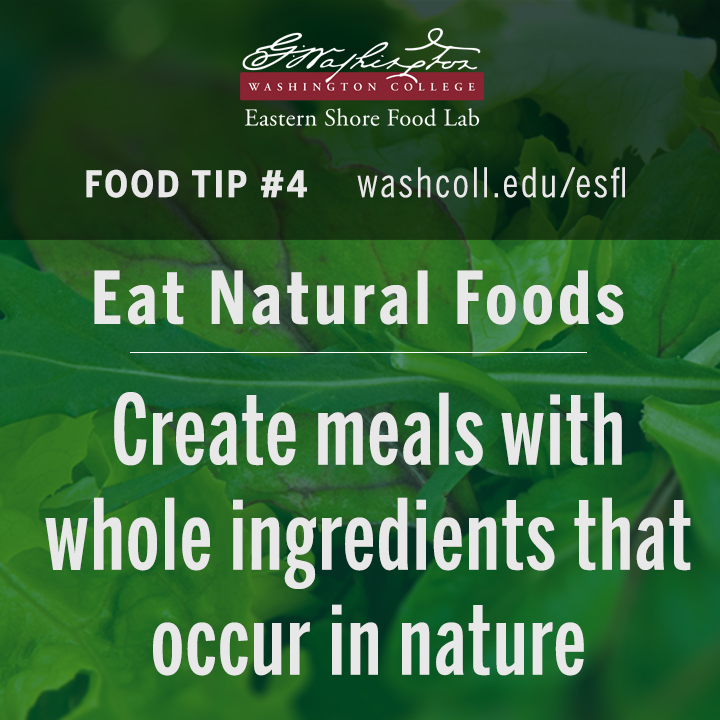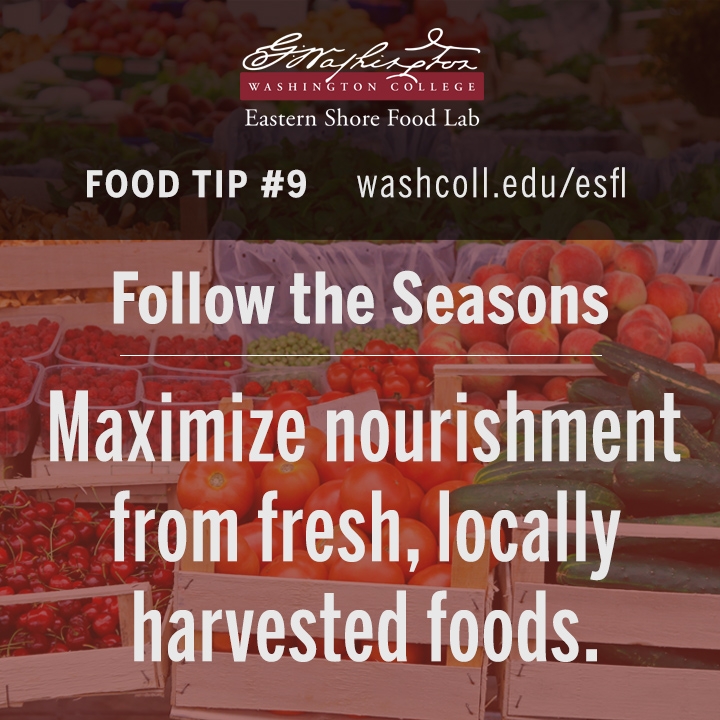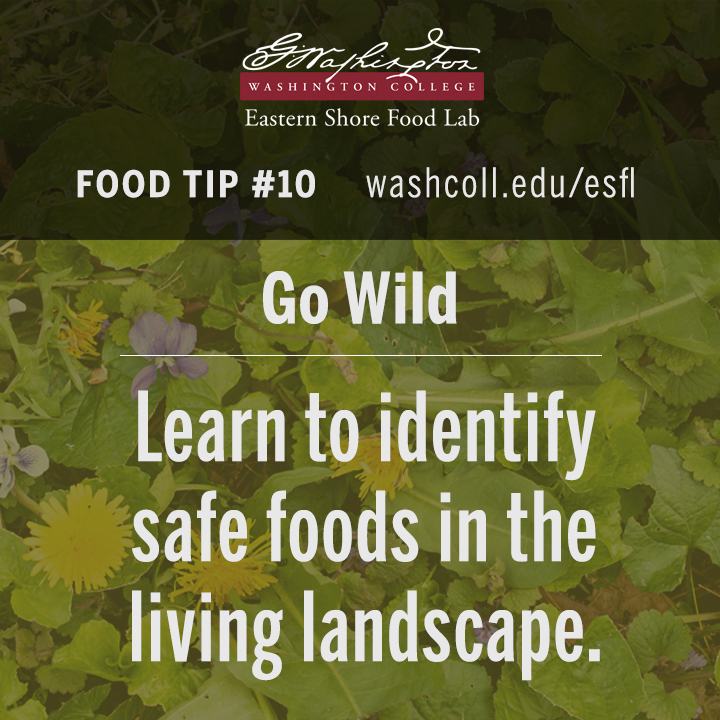Eat Natural Foods
Create meals with whole ingredients that occur in nature.
From our earliest emergence as a species, we have used technology to navigate our acquisition and assimilation of food. From stones to access bone marrow, spears and projectiles to gain first access to organ meats, and fire and fermentation to cook, detoxify, and preserve plants — our ancestors thrived for hundreds of thousands of years through the simple processing of raw ingredients, procured locally and seasonally.
We can continue to support human health with modern technology by prioritizing whole, natural foods, and processing them in our home kitchens. Shop around the perimeter of the grocery store for perishable animal foods — capable of perishing because their nutrition is drawn from recent life. Honor animals by eating nose-to-tail. Buy only the most nutritious shelf-stable foods.
Visit a farmers’ market and source natural food directly from producers. A small backyard plot can be used to grow food, whether a vegetable garden or a small flock of chickens for eggs. Follow the seasons and learn to forage for wild foods. The closer we get to food in its freshest, natural form, the more it will nourish our bodies and promote vibrant health.
Follow the Seasons
Maximize nourishment from fresh, locally harvested foods.
Seasonal food is consumed shortly after farmers have harvested it. It is a great luxury to be able to buy plump tomatoes and bright berries any time of year at the supermarket; however, these products usually travel thousands of miles to arrive on our shelves, or come from factory farms where artificial ripening agents are used to defy the restrictions of the local growing season.
The best way to incorporate seasonal foods into your grocery haul is to shop locally for produce. Opting for local produce ensures you’re getting fresh food: reducing the time between harvest and consumption reduces loss of nutrients, meaning you’ll get the most nutrition out of your fruits and veggies.
Buying local produce benefits the environment, too. Eliminating reliance on commercial agriculture operations and the carbon-consumptive transportation methods they require reduces your overall carbon footprint.
And, finally, shopping local builds community relationships! Money spent locally remains in the local economy, and any profit you can bring to your friendly neighborhood farmer will directly support their family and their business. What’s more, you have the privilege of meeting the people behind the produce, creating a sense of community.
Go Wild
Learn to identify safe foods in the living landscape.
Whether the view from your window is a concrete jungle or acres of forest, your local landscape has much to offer. Opting for wild foods allows you to familiarize yourself with your natural surroundings while incorporating new, nutritious foods into your diet.
Wild plants are rich in seasonally-appropriate vitamins, and consumption soon after harvest minimizes the loss of nutrients. When eating wild, you can also be certain your food is free from pesticides or growth hormones.
Foraging for edible plants is an easy way to begin the transition to a wild diet. Dandelion and chickweed can be found in almost any setting across North America, from sprawling meadows to crowded neighborhoods. These greens have a mild flavor and make an exciting addition to a garden salad.
More gutsy gastronomes may attempt to harvest wild mushrooms such as hen-of-the-woods, a savory fungus known to be high in B vitamins.
When searching for wild edibles, be sure to avoid areas treated with pesticides and consult a field guide to be sure your finds are safe to consume!


